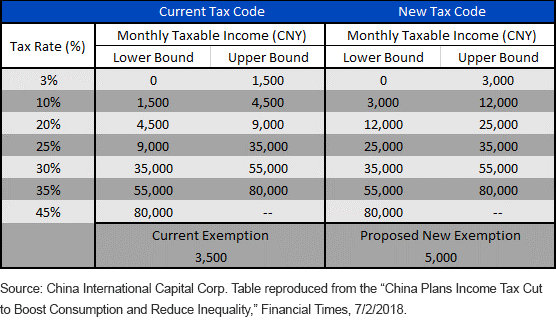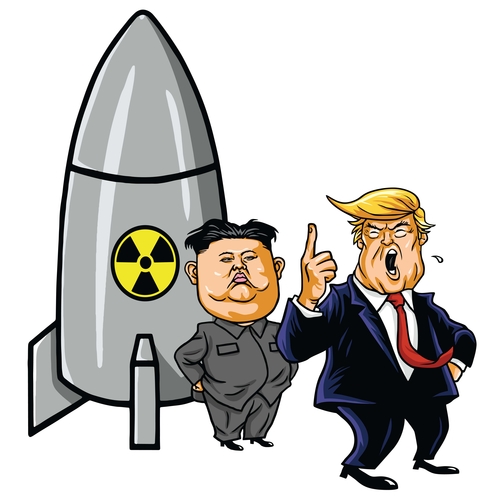By Ambrose O’Callaghan, Harvest ETFs
(Sponsor Blog)
As usual, there was considerable noise coming into the 2024 United States Presidential race. National and battleground polls between Democratic nominee, Vice President Kamala Harris and Republican nominee, former President Donald Trump appeared to be razor thin. However, on Tuesday, November 5, 2024, Donald Trump once again overperformed polling and came away with a convincing win to secure his second term in office.
U.S. stocks closed at record highs the day after Donald Trump’s victory. Investors may remember a similar rally that initially took place after his win in 2016. At the time, the market had high expectations for Trump to pursue deregulation and corporate tax cuts. What are the expectations for his next term? What can we learn from the market during previous presidential terms? And where should investors turn in late 2024? Let’s jump in.
Policy expectations for Trump’s second term
The first Trump administration gained international notoriety for its protectionist trade policies. Tariffs are one of the favoured tools of Donald Trump for enacting his “America First” agenda.
Tariffs are equivalent to putting a tax on imports from another country. Effectively a business that purchases goods from the foreign entity pays the additional fee associated with the tariff. The business may pass this on to consumers in the form of higher prices or may decide to take a hit on the margins, thereby earning less profits. Another impact of tariffs is trying to increase domestic demand and production away from similar imported goods.
In his first term, Trump imposed a tariff on one-tenth of U.S. imports. Products like steel, solar panels, washing machines, and Chinese goods suffered. In his 2024 campaign, Trump threatened to impose a 60% tariff on all Chinese exports to the U.S. Last Monday, Nov. 25th, on his Truth Social platform Trump surprised markets with his announcement that the day he takes office in January, he would impose Tariffs of 25% on exports from Canada, Mexico and China into the U.S., with an additional 10% tariff on China.
At the same time Trump is leaning towards increased deregulation, which has the potential to drive windfall profits for banks, big tech, as well as selected healthcare and energy companies.
For one, Trump has been a strong supporter of digital assets and cryptocurrencies. He promised to build a government stockpile of Bitcoin at a conference earlier this year, while also pledging to fire U.S. Securities and Exchange Commission (SEC) Chair Gary Gensler, someone who is seen to push for more and stronger regulations.
Crypto has been an early winner after Trump’s victory. Bitcoin has climbed to record highs, hitting over US$93,000 in trading on Wednesday, November 13, 2024. This helped to propel Harvest’s Blockchain Technologies ETF (HBLK:TSX) to a 25% week-over-week growth as of late morning trading on November 13.
Bank stocks also gained momentum after the Trump win, gaining on the promise of deregulatory measures and pro-growth policies. Some of the “wish lists” drawn up from banking industry bodies include a rolling back of the Basel III Endgame proposals. These rules were introduced to ensure large banks have the capital required to withstand systemic risk events. The rules will come into play in July 2025, applying to all banks with assets exceeding US$100 billion.
This is good news for the Harvest US Bank Leaders Income ETF (HUBL:TSX), which holds the biggest players in the U.S. financial sector. These financial titans are poised to benefit from the expected regulatory rollbacks of the incoming second Trump administration. HUBL has delivered annualized growth of 25.72% year-to-date, 54.67% 1-year, 5.72% 2-year, 11.91% 4-year, 3.72% 5-year, and 1.04% since inception. It offers a consistent monthly cash distribution of $0.09 per unit, which represents a current yield of 7.33% as at November 27, 2024, and is a treat for income investors and those looking for monthly income while being exposed to the long-term growth of the sector.
Presidents and markets: A historical perspective
Most new presidential terms start with speculation about the winners and losers from a social, political, and economic standpoint. Continue Reading…








